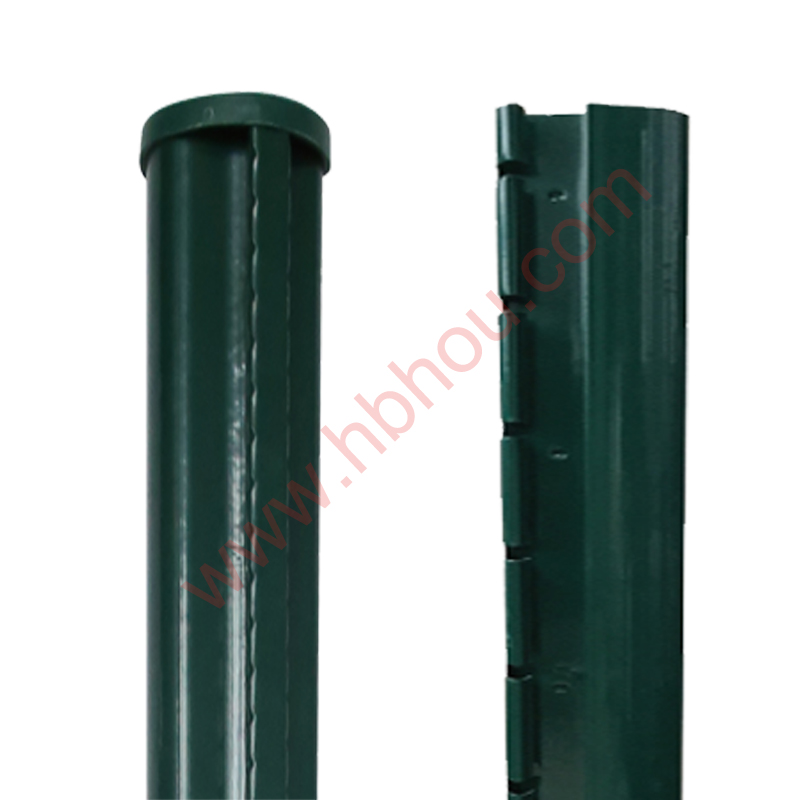The Price of Iron Wire An Overview
Iron wire is one of the most essential materials in construction, manufacturing, and various types of craftsmanship. Its versatility and strength make it an invaluable resource in a multitude of applications, from reinforcing concrete structures to crafting artistic sculptures. As with any commodity, the price of iron wire is influenced by various factors, including global demand, production costs, and the health of the iron and steel industry.
The Basics of Iron Wire Production
The production of iron wire begins with iron ore, which is extracted from the ground and then processed into iron or steel. This initial production phase is labor-intensive and requires significant energy inputs, particularly in the form of coke and electricity, driving up costs. The iron is then drawn into wire through a process called wire drawing, which involves pulling the hot iron or steel through a series of dies to reduce its diameter and improve its tensile strength.
As the world becomes increasingly industrialized, the demand for iron wire has surged. This rising demand can be linked to the growing construction sector, particularly in developing countries where infrastructure projects have multiplied. Moreover, the automotive and aerospace industries rely heavily on high-quality iron wire for manufacturing components that require both durability and flexibility.
Factors Influencing Price
Several factors influence the price of iron wire. One of the most significant is the price of raw materials. Fluctuations in the cost of iron ore and scrap metal can lead to corresponding changes in the price of iron wire. For instance, when iron ore prices soar, manufacturers may be compelled to increase their prices to maintain profit margins.
Additionally, labor costs play a crucial role. In regions where the production of iron wire is labor-intensive, increases in wages can lead to higher prices for consumers. Economic stability in producing countries impacts labor costs as well; in times of economic downturns, we may see production drop, which could lead to price increases due to decreased supply.
Another contributing factor is technological advancements in manufacturing processes. Advances that allow for more efficient production can reduce the cost of iron wire. For example, newer wire drawing techniques may yield better results, producing stronger and finer wires at a lower cost. Thus, companies that adopt such technologies may find themselves able to offer competitive pricing, potentially affecting overall market prices.
price of iron wire

Global Supply and Demand Dynamics
The price of iron wire is also subjected to the dynamics of global trade. Countries that are rich in mineral resources and have expansive manufacturing bases can influence global supply. For example, China is the largest producer of iron wire and accounts for a significant percentage of global consumption. As such, any shifts in China's economic policies, trade tariffs, or export regulations can ripple through the global market, affecting prices worldwide.
Furthermore, the demand for iron wire can be cyclical. During economic booms, demand often rises due to increased construction and manufacturing activities. Conversely, during recessions, the demand can plummet, leading to an oversupply and lower prices. The COVID-19 pandemic is a recent example, where disruptions in production and a sudden drop in demand caused fluctuations in prices across various industries, including that of iron wire.
Price Trends and Future Outlook
In recent years, the price of iron wire has shown considerable volatility, reflecting broader trends in the commodities market. Analysts predict that as global economies recover and infrastructure projects resume, demand for iron wire may continue to rise. However, this demand will be counterbalanced by ongoing developments in recycling technologies and alternative materials that could reduce the dependency on traditional iron wire.
Moreover, sustainability and environmental concerns are becoming increasingly prominent topics within the industry. The shift towards more sustainable production methods, including the use of recycled materials, will likely play a significant role in shaping the future pricing landscape of iron wire. Companies that can innovate while adhering to environmental regulations may find themselves at a competitive advantage.
Conclusion
The price of iron wire is influenced by a complex interplay of factors including raw material costs, labor expenses, technological advancements, and global market dynamics. Understanding these underlying principles can provide valuable insights into market trends and potential future fluctuations. As the demand for iron wire continues to evolve, keeping abreast of these factors will be crucial for investors, manufacturers, and consumers alike.
















